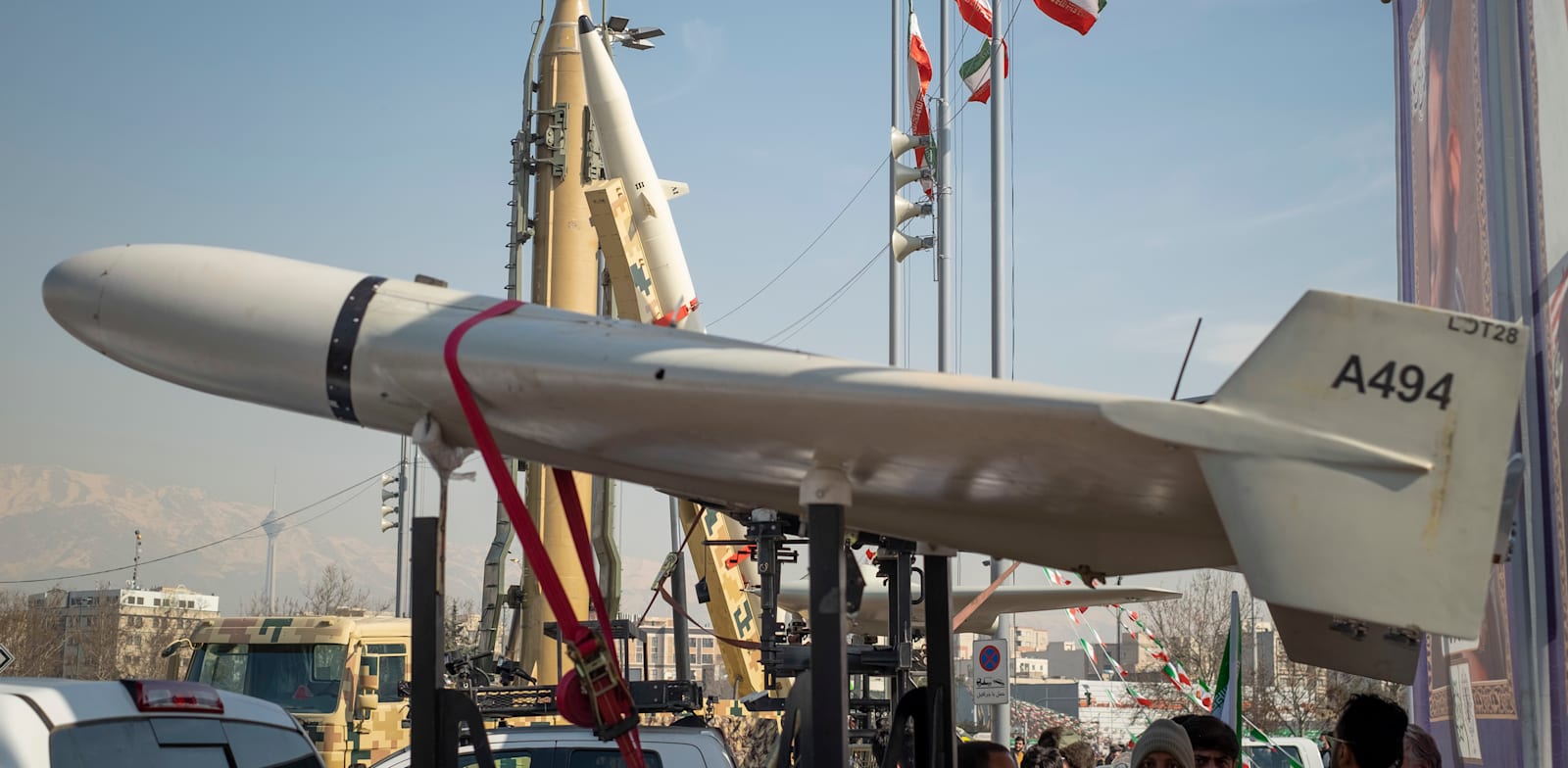On April 14, Iran attempted to launch an attack on Israel using 185 unmanned aerial vehicles, 36 cruise missiles, and 110 ballistic missiles. However, the attack was largely unsuccessful, with 99% of the launched means failing to hit their targets. The failure was attributed to Israel’s multi-layered defense systems, fighter jets, and other military capabilities that were utilized in coordination with partners such as the USA, the UK, and Jordan.
Iranian-made UAVs have been used successfully in other conflicts; however, their performance against Western defense systems like those of Israel has been less impressive. Despite this, the affordability of Iranian UAVs compared to Western alternatives remains a driving factor for some countries. For example, Iranian drones such as the Shahad 136 are often chosen for their lower cost despite not matching the quality of more expensive options like the Haroop.
Countries considering Iranian-made UAVs typically do not view them as a threat to advanced adversaries like the US and Israel. However, recent events showcase their limitations against sophisticated defenses. The recent attack on Israel by Iranian-backed forces demonstrated how these drones perform when faced with high-intensity conflicts. Although Iran’s supply of drones to various conflict zones such as Sudan highlights its strategic partnerships and influence in regional conflicts.
Iran’s decentralized approach to UAV production includes facilities in countries like Syria and Tajikistan makes it challenging to disrupt their supply chains. Despite international efforts to monitor and regulate Iranian drone exports, Iran continues to find new markets for its UAVs. The collaboration between Iran and other countries such as Venezuela and Tajikistan demonstrates the complex nature of global arms trade and blurred lines between allies and adversaries.
In conclusion, Iran’s use of UAVs in conflicts highlights evolving landscape of warfare and role of drones in modern conflicts. The affordability and accessibility of Iranian-made drones make them attractive options for countries facing security challenges despite their limitations in high-intensity conflicts. These developments underscore the need for ongoing monitoring and regulation of drone technology to prevent its misuse in regional conflicts
